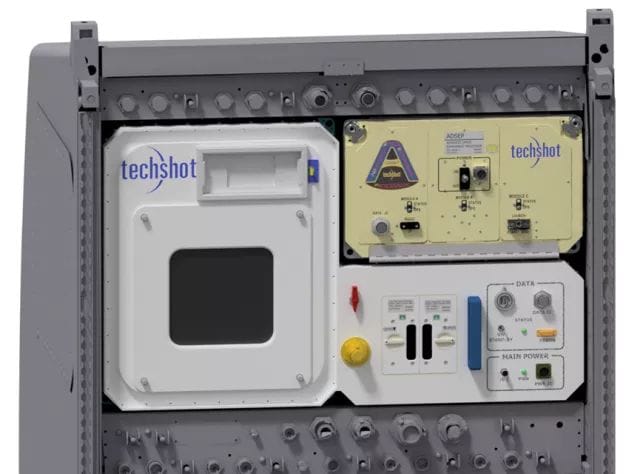
Space may be the final frontier, but to boldly go where no one has gone before will require the development of new technology that allows humans to travel farther into deep space.
One such technology may be bioprinting, given its potential to 3D print critical tissues for treatment in a place that’s far from any hospital.
To begin bioprinting efforts in space, two well-established companies, Techshot and nScrypt, have partnered to create the 3D BioFabrication Facility (BFF), which is set to make a journey to the International Space Station (ISS) in February 2019. To learn more about the technology and the upcoming mission, engineering.com spoke to nScrypt CEO Ken Church and Rich Boling, vice president of Corporate Advancement at Techshot.
The Mission
In 2016, the partners demonstrated the ability of a BFF precursor to 3D print cardiac and vascular structures in zero gravity with adult human stem cells.Why 3D print heart tissue in microgravity? On Earth, it’s nearly impossible to fabricate tissue with sufficient thickness, without using a scaffold. A scaffold, however, can also be an obstacle to the mobility of cells, nutrients and growth factors, according to Church.
“While petri dishes are excellent in the lab, many of those struggle beyond a certain thickness. How do we get to that thickness? That’s the question,” Church said. “A lot of groups have made proclamations about growing [organs], but I think we should all be clear and honest about that. What we’re doing at this point is growing grafts, such as a skin graft or a bladder graft. If you want to grow a complete organ, you have a whole 3D structure that you must deal with. Today we use scaffolds, and that is a great and promising way, but scaffolds sometimes get in the way.”
Because scientists haven’t yet developed a scaffold that can be removed or dissolved without damaging the growing tissue, Church wondered if it might be possible to print stem cells without using a scaffold and without gravity. The team hypothesized that a material with low viscosity might form a puddle on Earth but could possibly hold its structure in microgravity, making a scaffold unnecessary.
The Techshot and nScrypt team was thrilled to see its hypotheses proven during parabolic flight tests, with the bioprinter successfully fabricating not a two-dimensional layer of tissue, but an actual three-dimensional structure. Once gravity returned a minute later, however, the heart tissue compressed to half of its height. On the ISS, the team believes that it might be possible for the stem cells to maintain shape while they grow into a beating heart.
Once the BFF is installed aboard the ISS, it will perform some initial prints before 3D printing a cardiac patch designed to heal a damaged heart. Key to the experiment is the bioreactor cassette, which provides nutrients to the tissue and removes toxins, while also using electrical and mechanical stimulus to push the cells into becoming beating heart tissue.
Read more at ENGINEERING.com

